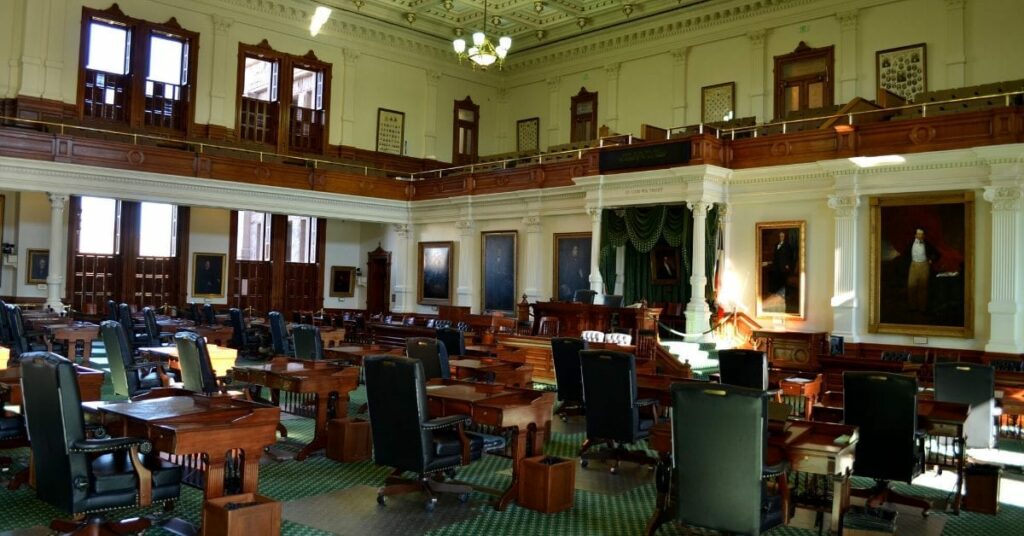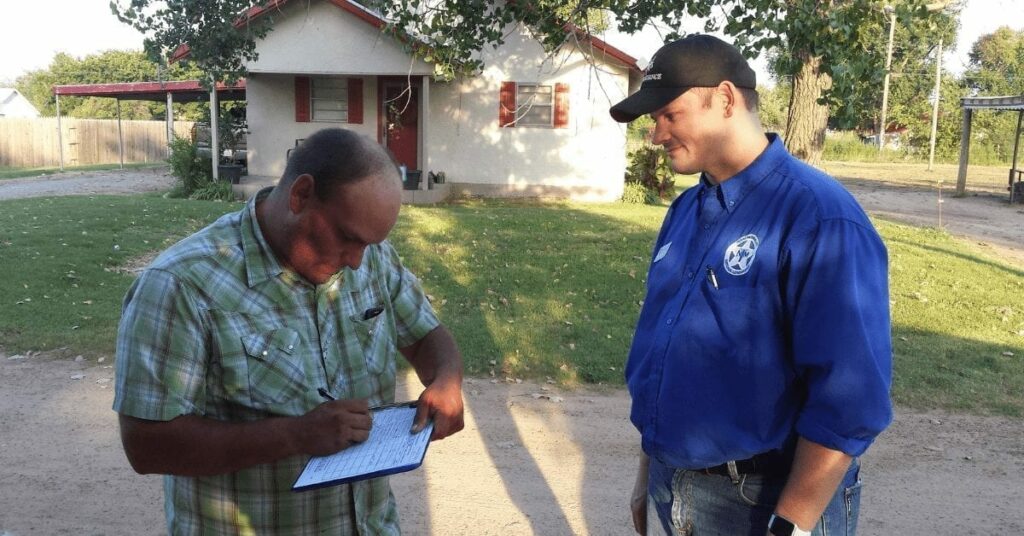There has been some discussion over the issue of whether or not the Texas Legislature has the legal authority to call for a referendum on Texas leaving the Union. It is a worthwhile discussion and signals some progress in the debate over the issue of Texas independence.
The short answer is ‘absolutely’.
Whether or not the Texas Legislature possesses this power is answered in a very similar way as the question of the legality of Texas independence in general.
The very first words of the Texas Constitution lay the foundation.
Art. 1, Sec. 1. FREEDOM AND SOVEREIGNTY OF STATE. Texas is a free and independent State, subject only to the Constitution of the United States, and the maintenance of our free institutions and the perpetuity of the Union depend upon the preservation of the right of local self-government, unimpaired to all the States
It is in Article 1 Section 1 that we find the guidestones to the legality of a referendum. Because of this clause, we look first to the Constitution of the United States. In that document, we find nothing whatsoever forbidding a State Legislature for initiating a vote on their independence, forbidding the people of a State from participating in that vote, or preventing action based on that vote. In this matter the U.S. Constitution is silent.
Therefore, we must look at the 10th Amendment to the Constitution of the United States.
United States Constitution, 10th Amendment: The powers not delegated to the United States by the Constitution, nor prohibited by it to the States, are reserved to the States respectively, or to the people.
Since the U.S. Constitution is silent on the matter, the issue is solely a State matter. This was reaffirmed in the US Supreme Court case of United States v. Darby Lumber, 312 U.S. 100, 124 (1941), which states:
“The amendment states but a truism that all is retained which has not been surrendered. There is nothing in the history of its adoption to suggest that it was more than declaratory of the relationship between the national and state governments as it had been established by the Constitution before the amendment or that its purpose was other than to allay fears that the new national government might seek to exercise powers not granted, and that the states might not be able to exercise fully their reserved powers.”
Therefore, with the U.S. Constitution silent on the issue, it is a reserved power of the State of Texas.
Then the question becomes one of whether or not Texas law allows for a referendum on independence. For that answer, we look to Article 1 Section 2 of the Texas Constitution.
Art. 1, Sec. 2. INHERENT POLITICAL POWER; REPUBLICAN FORM OF GOVERNMENT. All political power is inherent in the people, and all free governments are founded on their authority, and instituted for their benefit. The faith of the people of Texas stands pledged to the preservation of a republican form of government, and, subject to this limitation only, they have at all times the inalienable right to alter, reform or abolish their government in such manner as they may think expedient.
From this we see that a referendum on independence is an ultimate and fundamental right of the people. There can be little argument on this fact. But those that question the legality of the Texas Legislature calling a referendum say that there is no mechanism in the Texas Constitution or Texas law for them to do so.
What most fail to realize is that there was, until 1969, an explicit clause in the Texas Constitution that did just that.
Art. 3, Sec. 42. The Legislature shall pass such laws as may be necessary to carry into effect the provisions of this Constitution.
This clause mandated that the Legislature pass laws that dealt with carrying out provisions of the Texas Constitution. That includes the Texas Bill of Rights.
As Legislatures often do, they passed laws related to specific portions of the Constitution as it became necessary. This is their mode of operation to this very day.
But in the 1960s, a serious movement rose up to streamline the Texas Constitution and “repeal the obsolete, superfluous and unnecessary sections of the Constitution”. If sections of the Texas Constitution dealt with obsolete issues (like Spanish land grants) or were redundant, they were to be removed.
All of these were lumped into a Constitutional Amendment authorized by HJR 3 in 1969 and put to a vote of the people to repeal all at once.
Among these was Article 3, Section 42. The rationale for including it as part of the so-called “Deadwood Amendment” was simple. It was an unnecessary section that stated something that was already a fundamental and well-understood power of the Legislature. Therefore, it wasn’t needed.
This thinking is evident in the ballot wording found in Section 2 of HJR 3.
HJR 3, Sec. 2. The foregoing constitutional amendment shall be submitted to a vote of the qualified electors of this state at an election to be held on the first Tuesday after the first Monday in August, 1969, at which election the ballots shall be printed to provide for voting for or against the proposition: “The constitutional amendment to repeal the obsolete, superfluous and unnecessary sections of the Constitution.”
Removing this section from the Texas Constitution did not strip away the Texas Legislature’s power to make laws to carry out portions of the Constitution. That includes Article 1 Section 2.
If this were the case, then every law passed in furtherance of the provisions of the Texas Constitution are null and void. This is simply not the case.
There is no doubt that the Texas Legislature has the legal power to call for a vote on the independence of Texas. In fact, the failure of the Texas Legislature to do so is a failure to do their Constitutionally mandated duty.




